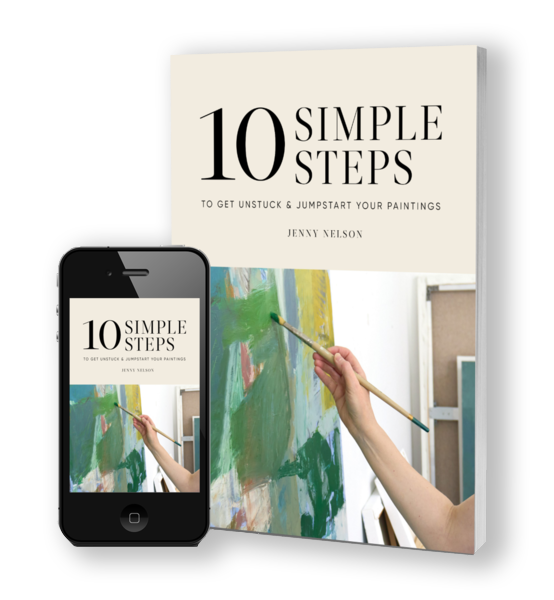
In Love with Manet
In 2019 I was able to take a dream trip to Paris! One of the highlights of the trip was our visit to the Musee d'Orsay.

When we arrived at the Musee d'orsay we were pretty drunk on Paris! A whirlwind of wandering every inviting back street and floating down the Seine on water taxis. Feasting on eclairs, croissants, and baguettes. Discovering hidden gardens and medieval churches. At night, stopping on each bridge over the Seine to gaze at the lights of the city. Notre Dame had just been damaged in a terrible fire and sat ominously dark, but our new found favorite restaurant, Le Petit Chatelet, was just in her shadow and we ate wonderful dinners staring up at the dark towers.
By the time we arrived at the Musee d'Orsay, we had already visited the Musee de l'Orangerie, Musee Picasso, and Centre Pompidou that week.
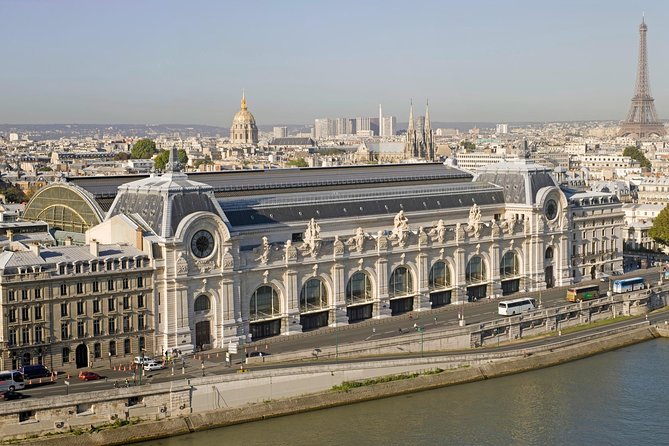
The museum, located on the Left Bank of the Seine, is housed in the former Gare d'Orsay, a Beaux-Arts railway station built between 1898 and 1900. It features mainly French art dating from 1848 to 1914. It holds the largest collection of Impressionist and post-Impressionist masterpieces in the world, including works by Berthe Morisot, Monet, Manet, Degas, Renoir, Cézanne, Seurat, Sisley, Gauguin, and Van Gogh. It is one of the largest art museums in Europe and at any time about 3,000 art pieces are on display!
The space made me euphoric, but the vast number of paintings and sculpture was completely overwhelming. And then I saw this Manet, Woman With Fans (1873). Suddenly it seemed as if I had come all this way just to see this painting. My weariness lifted and instead, I was clear and alert. I fell into the painting and was transported.

At first, it was the direct gaze of this woman, meeting my eyes. Her matter of fact, open facial expression, and then the relaxed weight of her body, sinking into the pillows and the settee, with her voluminous, sumptuous clothing. The depth of her black skirt overflowed forwards to meet the edge of the canvas. This blackness contrasted with her white shirt and pale skin, creating a warm glow. Manet was known for freely using black, influenced by Spanish painters, Velazquez and Goya.
His brushstrokes were loose, broad and quick. Full of energy and visible to the eye. Rejecting his traditional art training, Manet had chosen to paint implied shapes, and vigorous, simplified forms. Here, there was a richness in the patterns and fabrics of the time period. This was Manet's studio. A scene familiar from other works. The model had settled in with a heavy ease.
Among the earth tones and warm rich hues there was also some glorious, painterly mud; places where pigments had intermingled with no telling what color source it had originated from.
Around the broad brush marks there were the sensitively rendered, delicate details. Like the spray of fabric that encircled her arm, which then became the fan on the wall behind her. Manet didn't care whether a brushstroke from a background element happened over a brushstroke from a foreground element. The portrait was unconventional for the time, not idealized, but a real woman with real expression and irregularities.
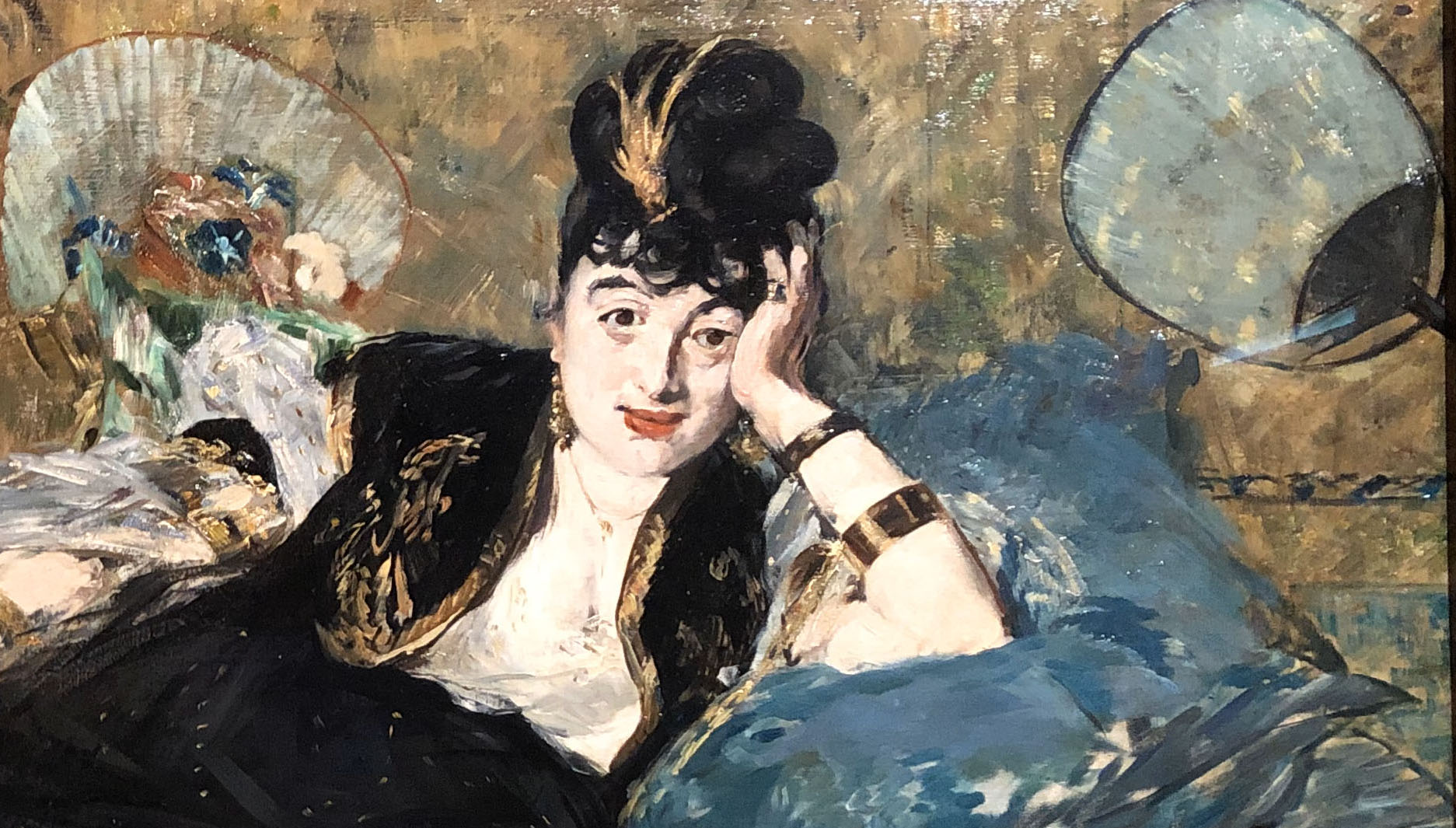
What happens when we experience a great work of art?
Various studies have shown that viewing powerful artworks can actually cause you to experience the same physical reactions we get when we fall in love. This is what happened when I was pulled into the segment below.
Tiny specs of gold detailed the pattern on her clothing and became flecks of light. A variety of soft whites and greys were pulled in different directions. It was all alive for me. I could feel the brush transmuting and translating these details. Manet was in the zone. I was in the zone. It was so fresh it seemed as if it had just been painted yesterday. I could feel him looking at his subject. And this looking was beyond what was there—it was not what was there directly, but a collection of kinetic lights, darks, marks, and jabs of color, which then loosely came to together to create form. This moment was for me, an exquisite abstract painting in and of itself.
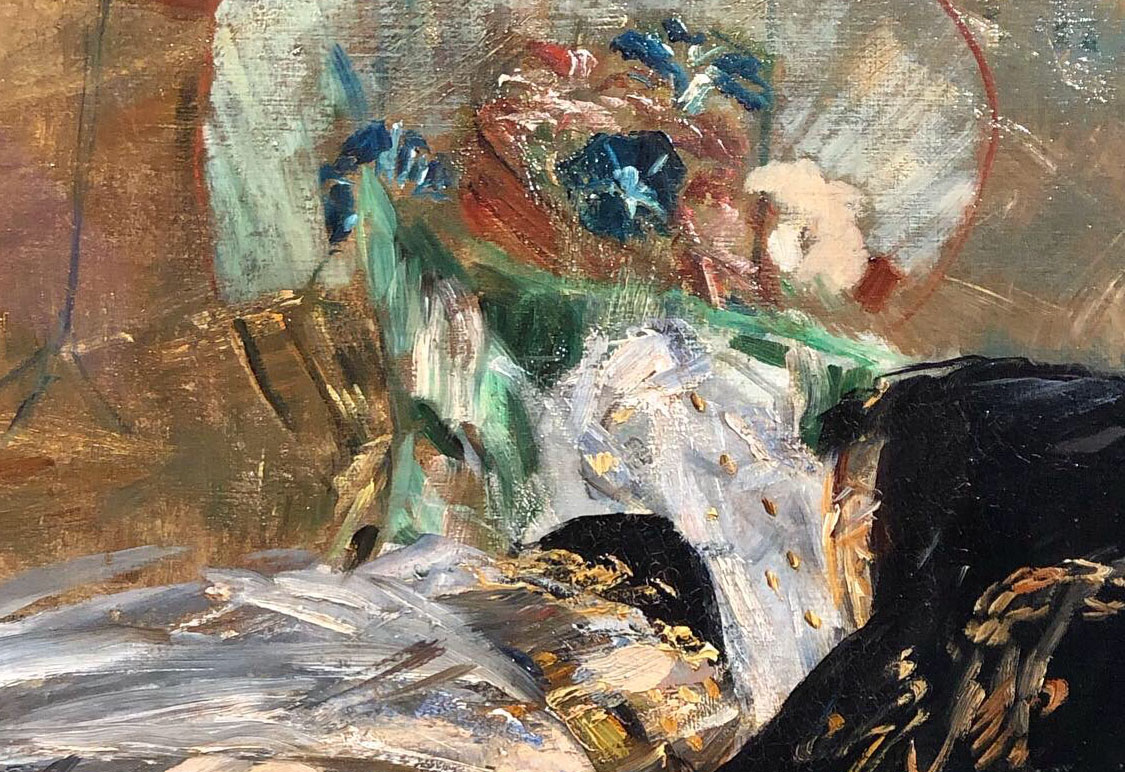
Through a process known as embodied cognition, we can place ourselves into a work of art. When this occurs, mirror neurons in our brain turn things like action, movement, and energy into actual emotions we can feel. Embodied cognition begins when you look at a piece of art. As you analyze the piece, and place yourself within the work, you can actually start to feel the qualities of the work awaken within you.
One study at the University of London, conducted by Professor Semir Zeki, scanned the brains of volunteers while they viewed 28 works of art. Zeki explained, “We wanted to see what happens in the brain when you look at beautiful paintings.” The experiment concluded when you look at art “whether it is a landscape, a still life, an abstract or a portrait—there is strong activity in that part of the brain related to pleasure.” When viewing art they considered most profound, their blood flow increased in a certain part of the brain by as much as 10%, which is the equivalent to gazing at a loved one.
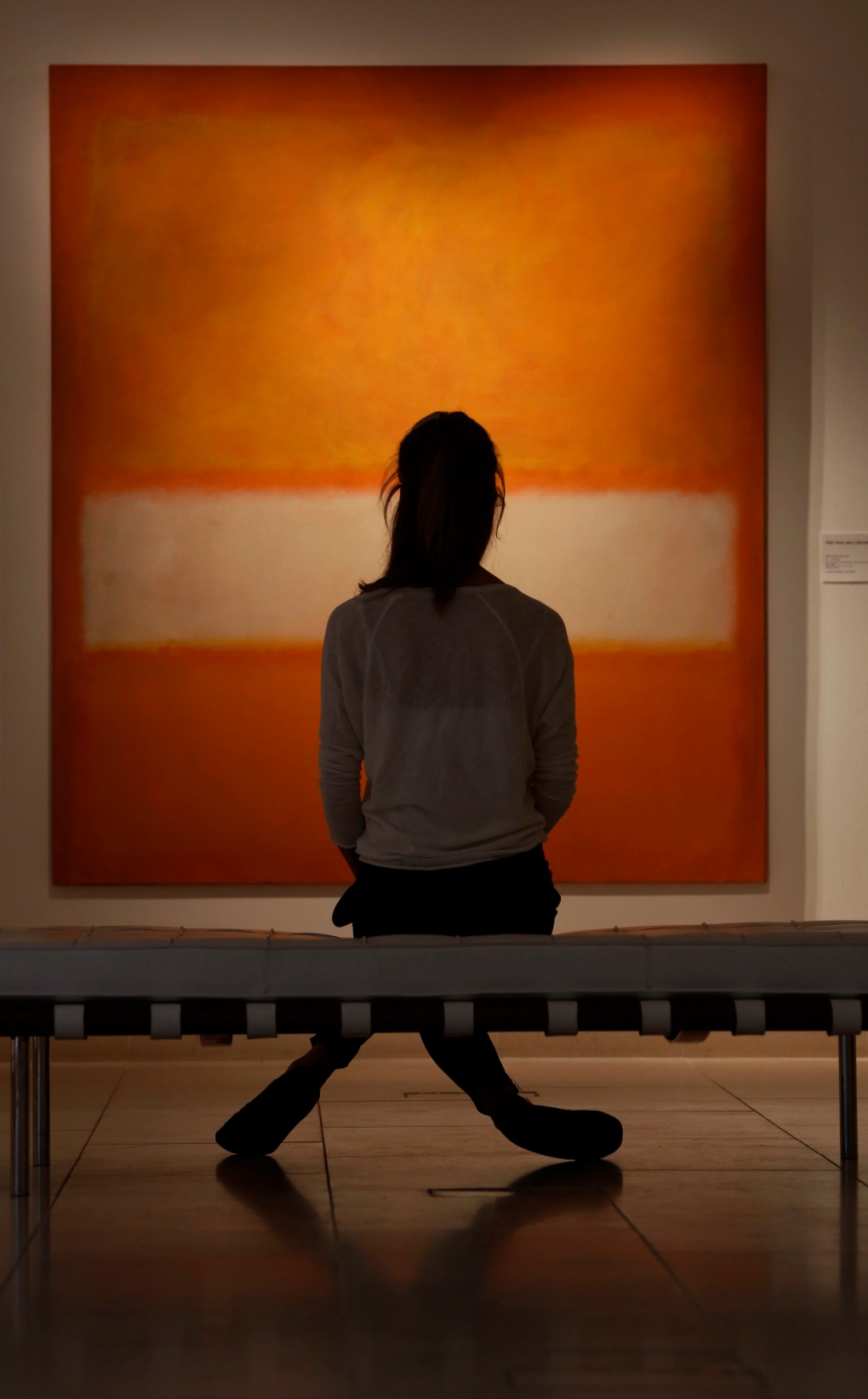
An auction house worker in front of an untitled oil on canvas, 1957 painting by Mark Rothko in central London (AP / Lefteris Pitarakis)
There is no equivalent to viewing great art in real life, up close and personal. The best response I think we can have to a painting, as painters, is the desire to get back to our studio and put pigment on canvas as soon as possible. It's a feeling that resonates through out our whole body. The times that I have experienced this sensation of an uplifting connection with a work of art it has been unexpected. At the Musee d'Orsay, with thousands of master works on view, it just so happened that it was this piece that stopped me in my tracks. It was love at first sight.
"Every new painting is like throwing myself in the water without knowing how to swim"
—Edouard Manet
Join my monthly newsletter and never miss a post
Each month I share explorations of master artists' works, elements of abstraction, and behind-the-scenes of my own painting journey, delivered to your inbox.
